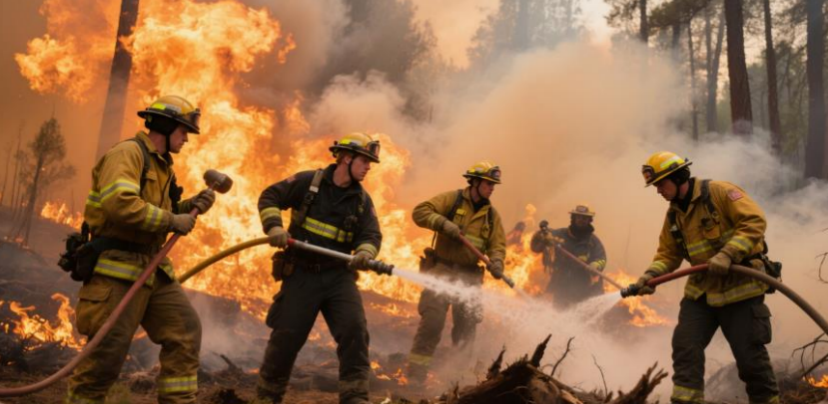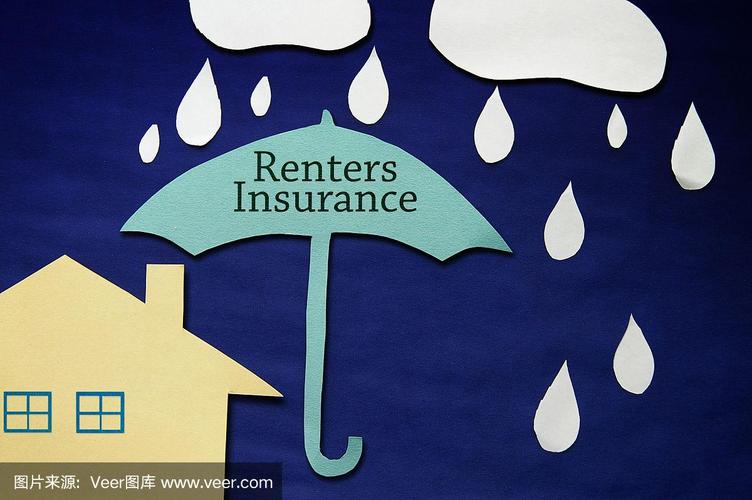Insurance in the Era of Climate Crisis: Lessons from California Wildfires & European Heatwaves
As climate change intensifies extreme weather, the insurance industry faces a reckoning. Recent catastrophes—California’s wildfires and Europe’s record heatwaves—reveal critical gaps in traditional risk models and underscore the need for adaptive solutions. These events challenge insurers to move beyond reactive compensation, integrating climate science into underwriting, innovating coverage, and fostering collaboration with governments and communities.

Redefining Risk in Wildfire Zones: The California Example
California’s wildfires, made worse by drought and rising temperatures, have strained insurance systems. Between 2018 and 2023, insured losses topped $100 billion, exposing flaws in historical data-dependent models that failed to account for climate-driven risks. Insurers now use real-time tools like satellite monitoring of vegetation dryness and AI-driven fire spread forecasts to price policies dynamically. A pivotal shift is toward proactive resilience: homes in wildland-urban areas now qualify for premium discounts if they meet fire-resistant standards, such as heat-resistant materials and defensible space. This incentivizes prevention, recognizing that reducing risk upfront is as vital as covering losses afterward.
Addressing Heatwave Gaps: Europe’s Healthcare and Infrastructure Challenge
Europe’s 2024 heatwaves, with temperatures exceeding 40°C, highlighted unmet needs in health and infrastructure coverage. While traditional policies cover property damage like drought-induced cracks, they exclude surge healthcare costs from heatstroke and cardiovascular emergencies. In response, parametric insurance products emerged, triggering payouts when heat alerts surpass thresholds to fund medical facilities and vulnerable populations. Cities also partnered with insurers to assess climate risks in infrastructure: Madrid and Rome, hit by transit disruptions from overheated rails, now prioritize retrofitting cooling systems and green spaces, with insurers offering favorable financing for such projects. This collaboration bridges policy gaps, treating climate adaptation as a shared systemic challenge.

A New Paradigm: Resilience-Driven Insurance
These crises demand a shift from static risk assessment to dynamic, climate-informed models. Insurers must embed predictive analytics and satellite data into underwriting, while policymakers create frameworks that reward resilience. Technology is central: AI enhances early warning systems, and blockchain streamlines claims processing during large-scale disasters. Parametric insurance, tied to objective climate metrics like temperature or fire danger indexes, enables faster, fairer payouts—critical for rapid recovery. Internationally, sharing climate data and best practices can strengthen global preparedness, turning isolated lessons into universal strategies.

Conclusion: Collaboration for a Resilient Future
California’s wildfires and Europe’s heatwaves are not exceptions but harbingers of a riskier world. The insurance industry must evolve from a safety net to a catalyst for resilience, blending innovation with prevention. This requires insurers designing adaptive products, governments enforcing climate-smart policies, and communities embracing proactive measures. In an era where predictability fades, collective action—rooted in data, technology, and shared responsibility—offers the only path to a sustainable, secure future. By learning from these crises, we can build an insurance framework that doesn’t just respond to climate change but helps us thrive despite it.
To achieve this, insurers must prioritize equity—ensuring vulnerable populations aren’t priced out of coverage—while scaling nature-based solutions like floodplain restoration or urban forests. The next frontier? Preemptive policies that fund community adaptation before disasters strike, transforming risk mitigation into a shared investment. Climate resilience isn’t just survival—it’s strategic foresight.
(Writer:Juliy)


